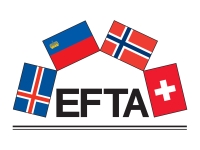Hlavní oblasti
- +Služby (0)
- +Stavebnictví (0)
- +Chemie a potravinářství (0)
- +Strojírenství (0)
- +Obecné normy (0)
- +Nekovové materiály (0)
- +Domácnost a volný čas (0)
- +Kovové materiály (0)
- +Zdraví, životní prostředí a zdravotní zařízení (0)
- +Doprava, mechanická manipulace a balení (0)
- +Obecné elektrotechnické normy (0)
- +Elektrotechnické inženýrství (0)
- +Elektrotechnika (0)
- +ICT, telekomunikace a nezařazené (0)
